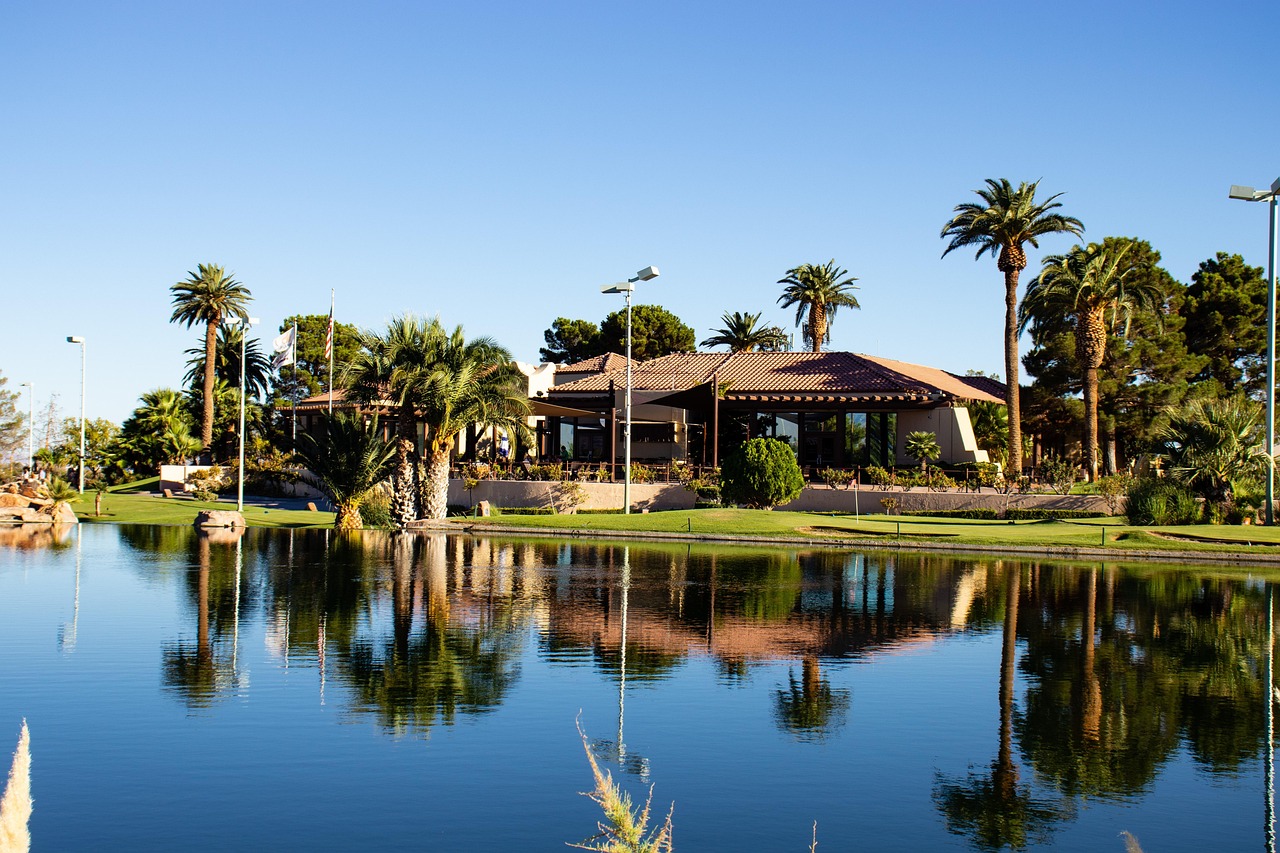Liquid membrane roofing is an innovative solution gaining traction in the construction and roofing industries. Known for its durability and versatility, this type of roofing is becoming a preferred choice for both residential and commercial properties. One of the main advantages of liquid membrane roofing is its capacity to provide a seamless, waterproof barrier that can protect structures from the elements. This method involves the application of a liquid coating that cures to form a rubber-like waterproof membrane, offering superior protection against leaks.
The application process for liquid membrane roofing is straightforward and adaptable, making it suitable for various roof types, including flat, pitched, and complex shapes. During installation, the liquid is applied directly onto the roof substrate using brushes, rollers, or spray equipment. This flexibility allows it to adhere effectively to different materials, such as concrete, metal, and asphalt. As it cures, the liquid forms a continuous, joint-free layer that eliminates the vulnerabilities associated with traditional roofing seams.
One of the most significant benefits of liquid membrane roofing is its excellent resistance to weathering and UV radiation. This resilience ensures that the roof remains intact and functional in harsh environmental conditions, reducing the need for frequent maintenance or repairs. Additionally, the reflective properties of some liquid membranes can contribute to energy efficiency by minimizing heat absorption, which can lower cooling costs during warmer months. For more detailed information on how this innovative roofing solution can enhance your building’s performance, visit this page on liquid membrane roofing.
The longevity of liquid membrane roofing is another factor that makes it an attractive option. With proper installation and maintenance, these roofs can last for decades, providing long-term savings on replacement and repair costs. Furthermore, the application process is generally quicker and less labor-intensive than traditional roofing methods, which can result in reduced installation times and costs. This efficiency makes it a viable solution for projects with tight budgets and schedules.
Sustainability is also a key consideration for many when choosing roofing materials, and liquid membrane roofing doesn’t disappoint. Many of the products used in this type of roofing are environmentally friendly, as they often contain low levels of volatile organic compounds (VOCs). This characteristic not only minimizes the environmental impact but also contributes to healthier indoor air quality for building occupants. To learn more about the sustainable aspects of liquid membrane roofing, visit this website.
In conclusion, liquid membrane roofing offers a combination of benefits that make it a compelling choice for modern construction projects. Its seamless application, durability, weather resistance, and sustainability make it an appealing option for those looking to protect their properties while also being mindful of environmental impacts. As the demand for efficient and long-lasting roofing solutions continues to grow, liquid membrane roofing stands out as a leading contender in the industry.






